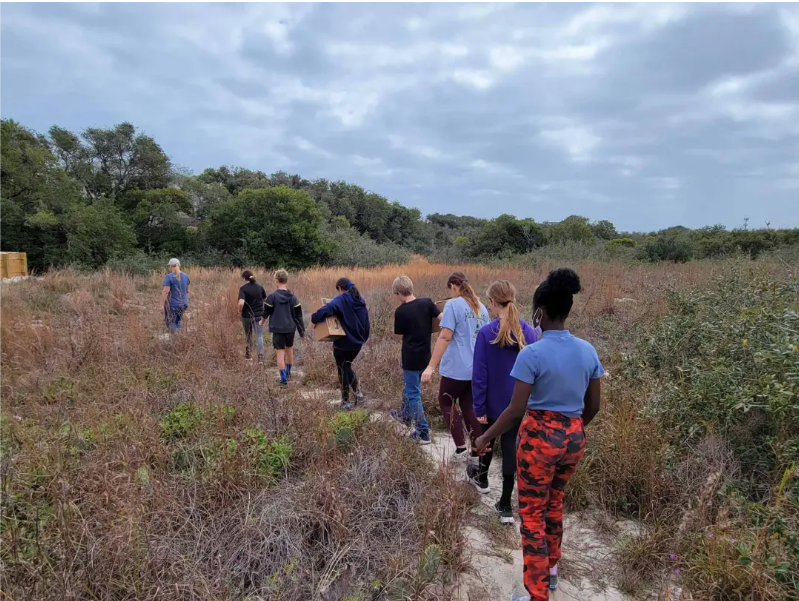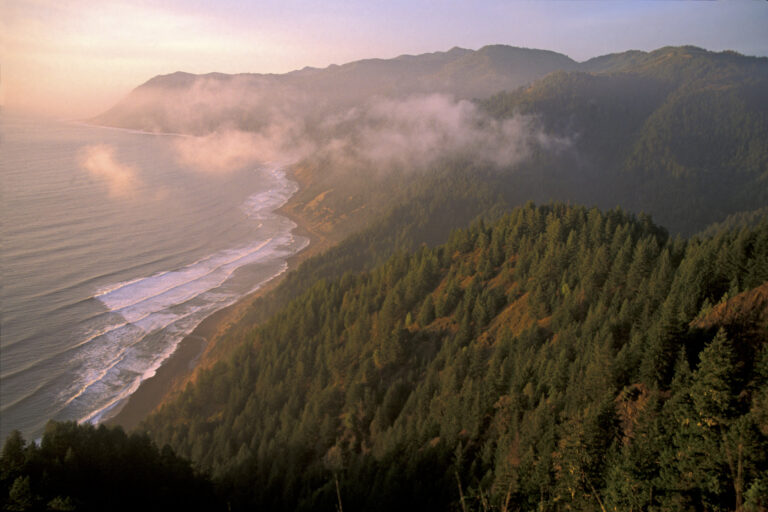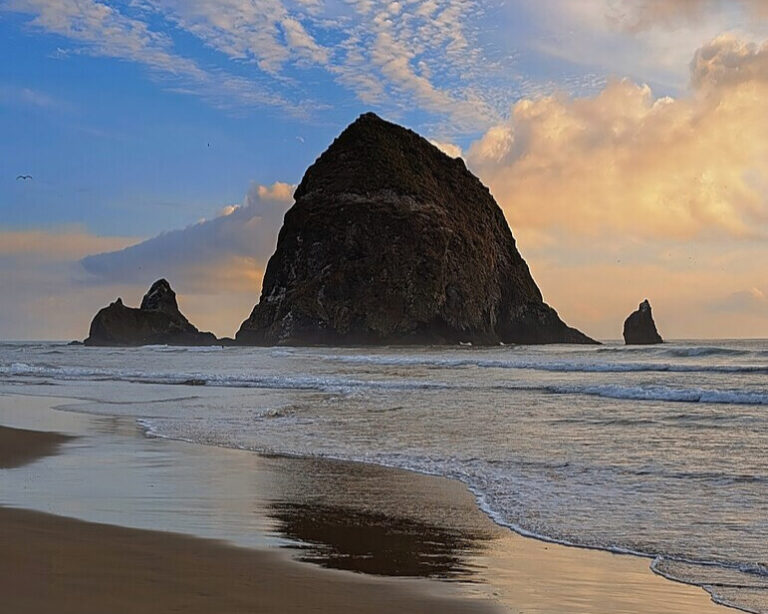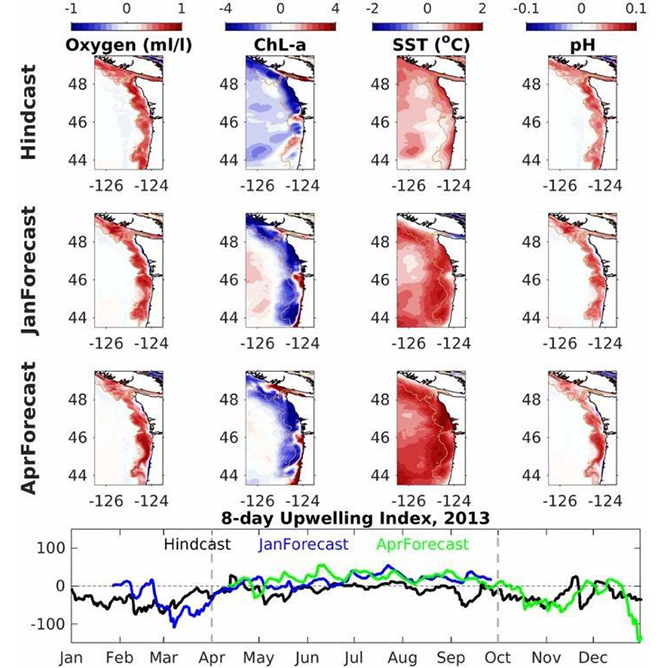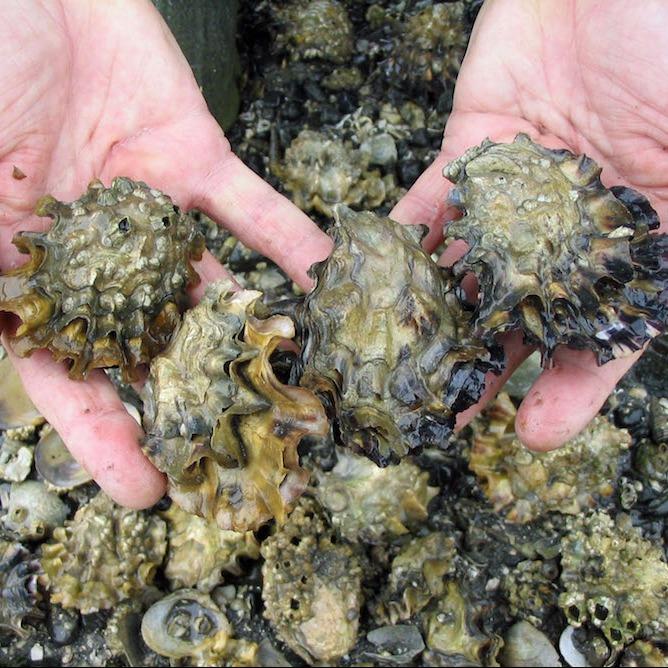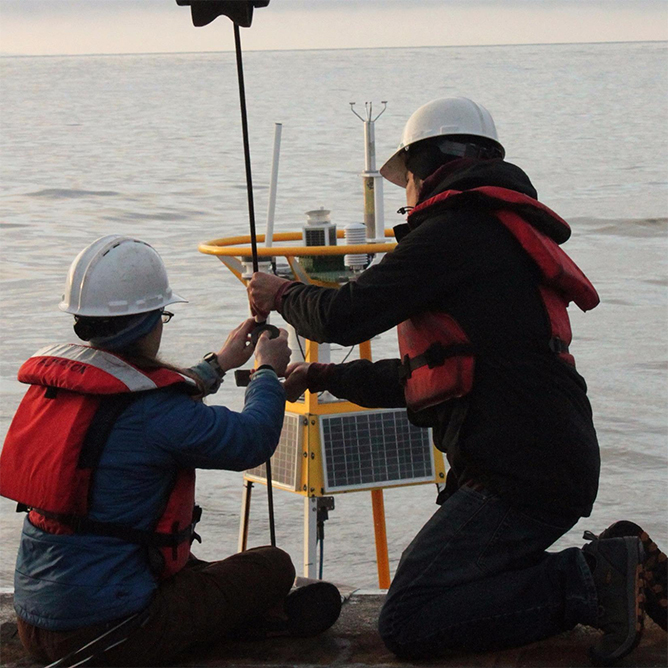Ocean acidification may contribute to recruitment failure of Bering Sea red king crab
We used semi-parametric Bayesian regression to determine whether ocean acidification or climate warming could explain declining productivity for southeast Bering Sea red king crab (Paralithodes camtchaticus). Negative effects of acidification explained ∼21% of recruitment variability over 1980–2023, and ∼45% since 2000. Ocean warming had a negligible effect in our analysis. Model-estimated annual mean bottom pH
